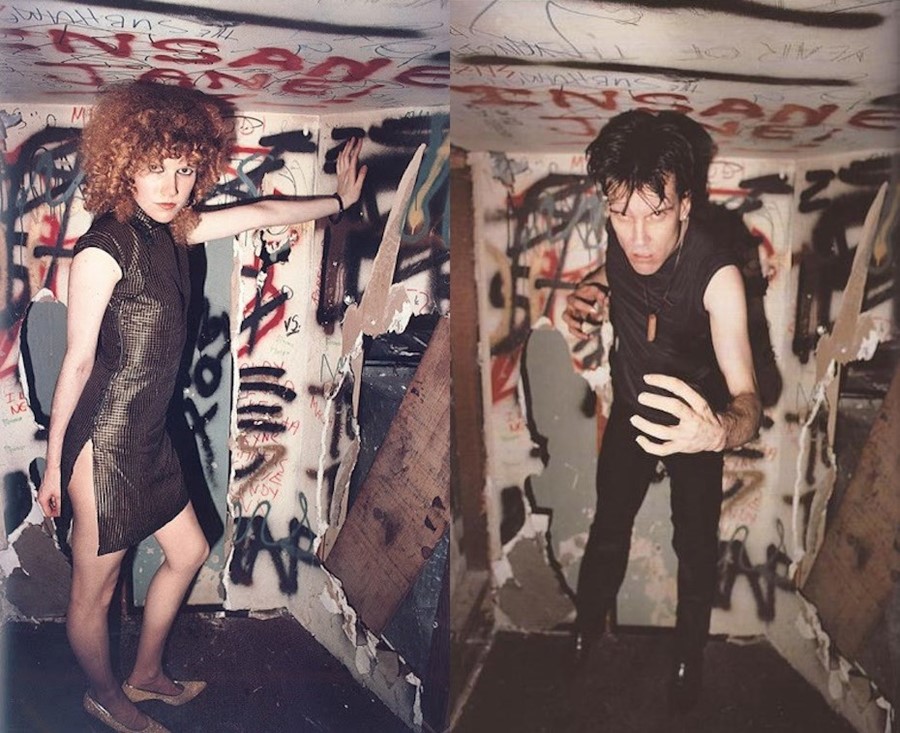Amped-up sexuality and DIY costuming – we explore how strippers and punks swapped style codes at an 80s San Francisco nightclub
Punk, sex and fashion have always been inextricably linked. In London, Vivienne Westwood’s King’s Road boutique Sex sold reworked (sometimes just re-contextualised) fetish gear: the iconic ‘bondage trouser' (a pant adorned with straps, ties and metal fastenings) and t-shirts printed with bare breasts. In New York, a similar style of dress was adopted by underground punk acts associated with the CBGB club: The Cramps’ frontman Lux Interior would often perform in a skin-tight PVC bodysuit, his partner and band mate Poison Ivy frequently gracing the stage in barely-there lingerie and stockings, with a whip as a prop. But the relationship between the punk and sex scenes wasn’t a one-way street, as the nightlife history of San Francisco’s Bay Area demonstrates.
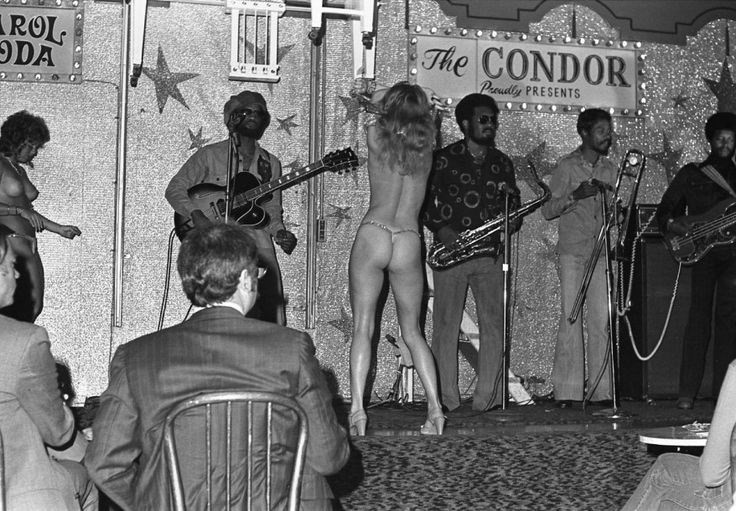
Punks and Strippers Unite
From the 1960s to the 1980s, the doyennes of the Bay Area scene doubled up as local celebrities; their wayward behaviour in the bawdy establishments they frequented would test both legal and moral codes as they broke new ground in vice entertainment. Carol Doda was the adult performer who put the Condor Club both in hot water and on the map, getting owner Gino del Prete arrested for lewdness (though he was later cleared) for making the establishment the world's first topless bar. The trail she blazed helped set up the surrounding area as San Fransico’s red light district – and a plaque, still standing, honours the club’s most seminal moments: the day it went topless (June 19, 1964) and bottomless (September 3, 1969) “starring Carol Doda”.

The Condor Club’s neighbour, The Mabuhay Gardens, would become equally notorious. The venue in the North Beach area hosted punk nights, vaudeville-style cabaret, and, due to its location in the seedier area of town and its proximity to the stripclubs, became a hangout for off-duty strippers from nearby clubs The Galaxy, Carol Doda’s and The Roaring 20s. The club’s emcee was Dirk Dirksen – another local legend, who would welcome bands on stage with acerbic intros. “In the best tradition of sadomasochism, we proudly present one of the trashiest acts to come along for a long time,” he proclaims in one rare YouTube audio clip.
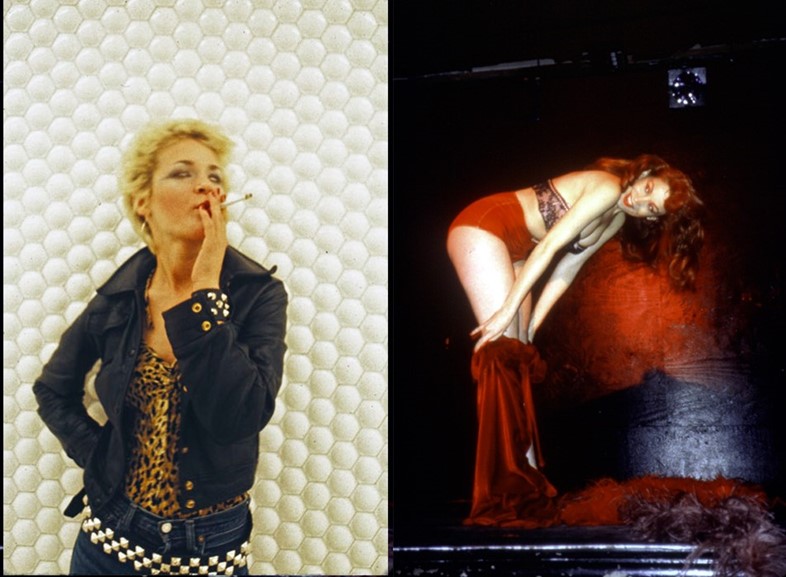
Bad Taste and Young Punk
Writer, musician and punk night promoter Jennifer Blowdryer would later launch her own mix of performance, punk and adult entertainment, entitled Smut Fest, which offered a stage for strippers and sex workers to perform their own poetry. “A few strippers I knew were amazing poets or writers. They really wrote prose with line breaks, and they liked the anarchic flavour of the shows, so they'd get involved. It was an easy mix, especially if one didn't try to control the line-up and outcome too much. Underground people don't like that, and things go wrong,” she explains. “The look veered toward vampires, ghostly apparitions, a trans man revealing his equipment, and general campiness.”
Blowdryer took Smut Fest with her to New York, but it was at San Francisco’s The Mabuhay Gardens that she truly developed her love of borderline bad taste and exaggerated sex appeal. For a “young, broke punker” like her, “the only place to get remotely cool clothes was the (risqué lingerie retailer) Frederick's of Hollywood catalogue, where I ordered a one-piece leopard bathing suit I wore constantly, along with my one studded belt and a pair of police regulation handcuffs from a union worker boyfriend.”
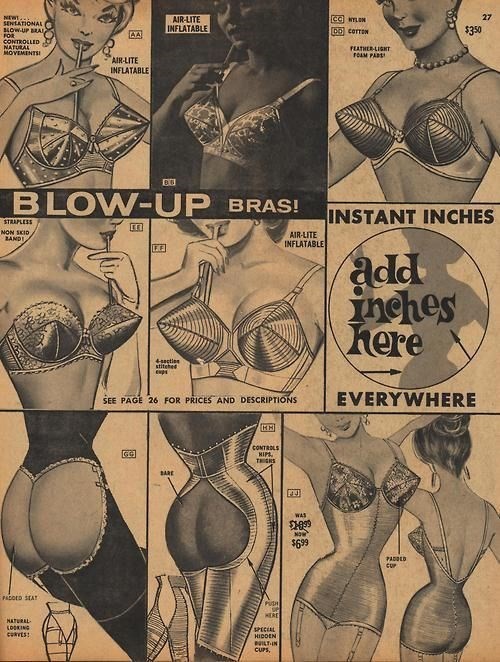
Readable Glamour
Frederick's of Hollywood was the ideal shop for the Mabuhay Gardens look: illustrated pages from the infamous mail-order catalogue that brought the push-up bra to America featured buxom pin-ups in fully sheer nightgowns, under the heading, “Get a piece of the action,” or nipples spilling out of their half-cup bras with the tagline “Feel wicked – go Frenchy". Frederick's cartoonified the European approach to lingerie, losing any sense of its nuance or romanticism with a typical American brashness that veered the whole aesthetic towards campy, teetering on the John Waters-edge of trashy (incidentally, Waters was another Bay Area scenester).
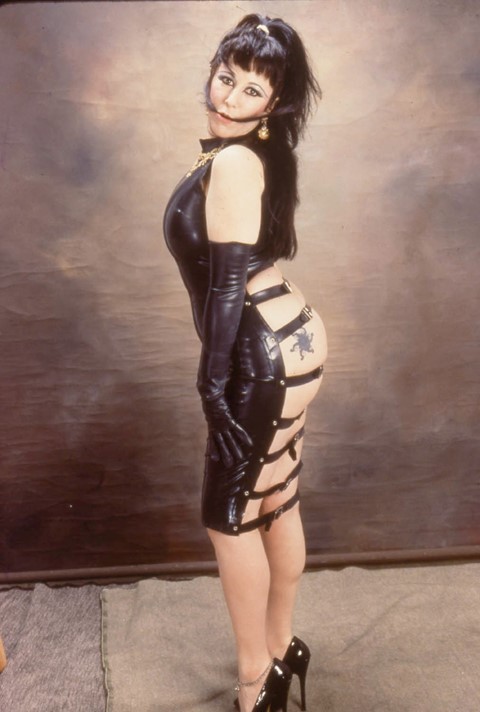
It wasn’t just the DIY approach of the punks that the – also broke – strippers had an affinity with, but equally their mutual need for amped-up sexuality and exaggerated glamour. “Strippers tend to be underground, penniless scenesters and want affordable and easy to read glamour,” Blowdryer explained of how the mutual sartorial influence worked – an outlook which married perfectly with the outré outsider take on nocturnal style the punk night’s attendees would kit themselves out in. "Me and the other females, drag queens, and trans women had to forage in thrift stores, as you couldn't just go into a chain shop and get, say, neon pink, spike heels, or even straight-leg pants. The collective look was of a stripper on the skids, but the glam strippers didn't really have to change a thing; feather boas were already the ultimate flair.” Thus, The Mabuhay Gardens became the ultimate locale for a merging of the two identities: strippers and punk icons, united both by necessity and their often-transgressive approach to sexuality that celebrated the campy and obscene.
